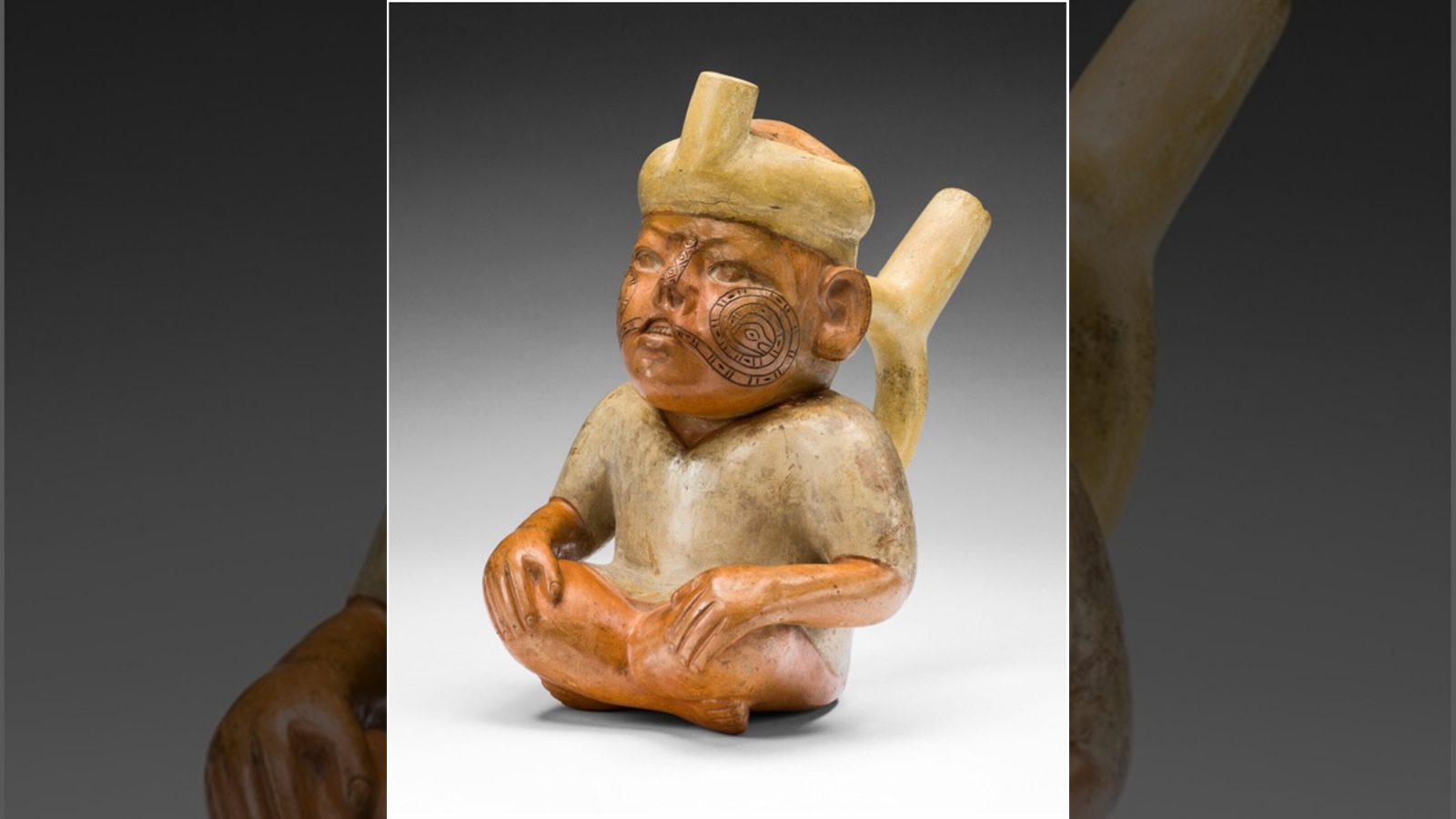Emerald Isle: A Photo Tour of Ireland

The Emerald Isle

Ancient, rough-cut stones jut stoically from rolling hills flecked with sheep where the skeletons of old villages might lie buried under the peat. Gulls cry above breaking waves crashing on curious stone causeways that march into the sea. The sun glints off a million blades of green grass, dimpled by more than a few shamrocks. This is Ireland, the Emerald Isle.
Nicknamed in reference to its emerald green fields and rolling landscape, Ireland is the third largest island in Europe, and the twenty-second largest island in the world. By those standards Ireland is a small nation, but despite its size, Irish culture exerts a disproportionately large influence on the rest of the world. Ireland is a land rich in heart and spirit.
And at no other time is the spirit of Ireland more apparent than on Saint Patrick's Day. Celebrated every March 17 in honor of Ireland's patron saint, millions in Ireland and around the world celebrate Irish culture with parades, celebration and perhaps more than a few pints of beer.
(This image shows the Irish countryside on the Dingle peninsula, the northernmost peninsula in County Kerry in the southwest of Ireland.)
But who was Saint Patrick?
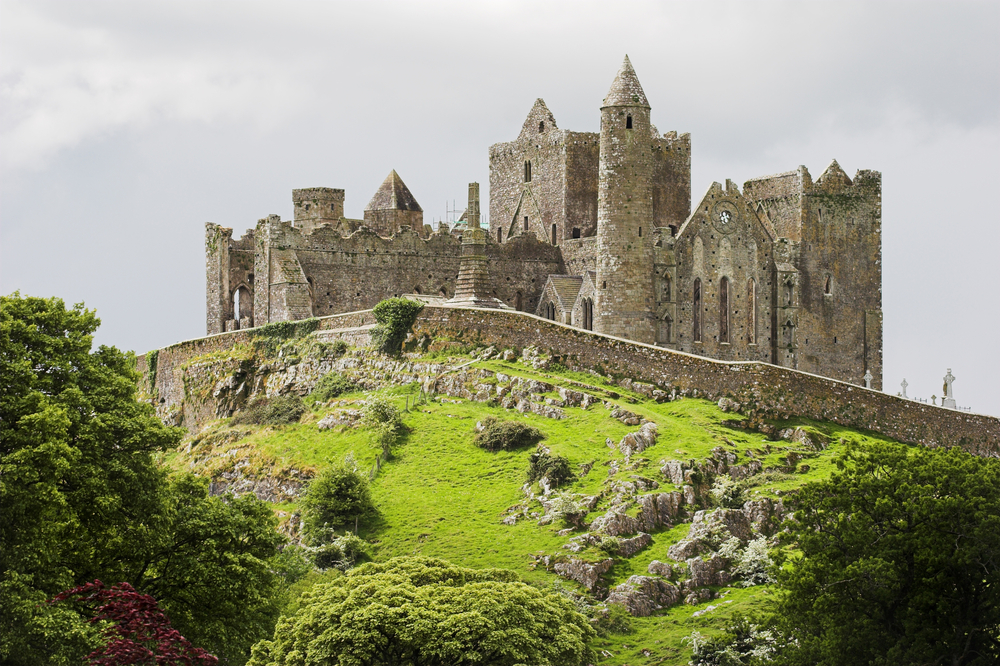
Though many may celebrate Saint Patrick's Day this March 17, whether Irish Catholic or not, both in and outside of Ireland, few know about the man and the myth behind the holiday.
Saint Patrick was not even from Ireland originally. Born in Wales around AD 390 to an aristocratic Christian family, Patrick's life changed radically when he was kidnapped and enslaved at the age of 16 to tend sheep in the harsh, chilly uplands of Ireland. During this time Patrick underwent a deepening of his religious feeling. According to folklore he was told in a dream to escape. He found passage on a pirate ship back to England where he was reunited with his family.
After this experience Patrick was ordained as a priest and amazingly returned to Ireland where he spent the rest of his life working to convert the Irish to Christianity. Patrick's life work was long and difficult. Though he was often beat up and robbed by thugs, his faith and persistence remained steadfast, laying the foundations for his legend. After he died on March 17, 1461, he was largely forgotten, but mythology continued to grow around his legend. It was only centuries later that he was honored as the patron saint of Ireland that we all know today.
(This image shows Rock of Cashel, also known as St. Patrick's Rock, was the traditional seat of the kings of Munster located in the province of the same name in the south of Ireland. The medieval buildings include the castle and a cathedral, among many others. Legend has it that when St. Patrick banished Satan from a nearby cave north of Cashel, the rock landed at its current site.)
Lucky shamrocks

Legend has it that Saint Patrick taught about the doctrine of the Holy Trinity by using the shamrock as an example. A three-leafed plant, Saint Patrick used it to illustrate 'three divine persons in one God,' a central Christian teaching. Today the humble shamrock is a symbol of St. Patrick and of Ireland itself.
Even before Christianity came to Ireland, the shamrock's green color and three-pronged shape, a sacred pagan number, made it a symbol of rebirth and eternal life. In the Irish countryside each spring, this symbol couldn't be more apparent. Rebirth and life abounds as dormant seeds grow into colorful blooms, sheep and cattle browse fresh grasses, and the wildlife of the Emerald Isle comes alive.
The natural history of Ireland is also one of human history. People have occupied and molded this land to their needs for centuries, creating a landscape today that resembles a patchwork quilt of agricultural fields partitioned by hedges and roads. Today only 12.6 percent of the original forest cover remains but many species have adapted to man. More than 55 mammals and more than 400 year-round or migrant bird species thrive here. Isolated from mainland Europe by rising sea levels during the last Ice Age, Ireland has few amphibians and no snakes though. So despite the legend of Saint Patrick banishing the snakes from Ireland, you can blame the ice age for that one.
Rubbed bare
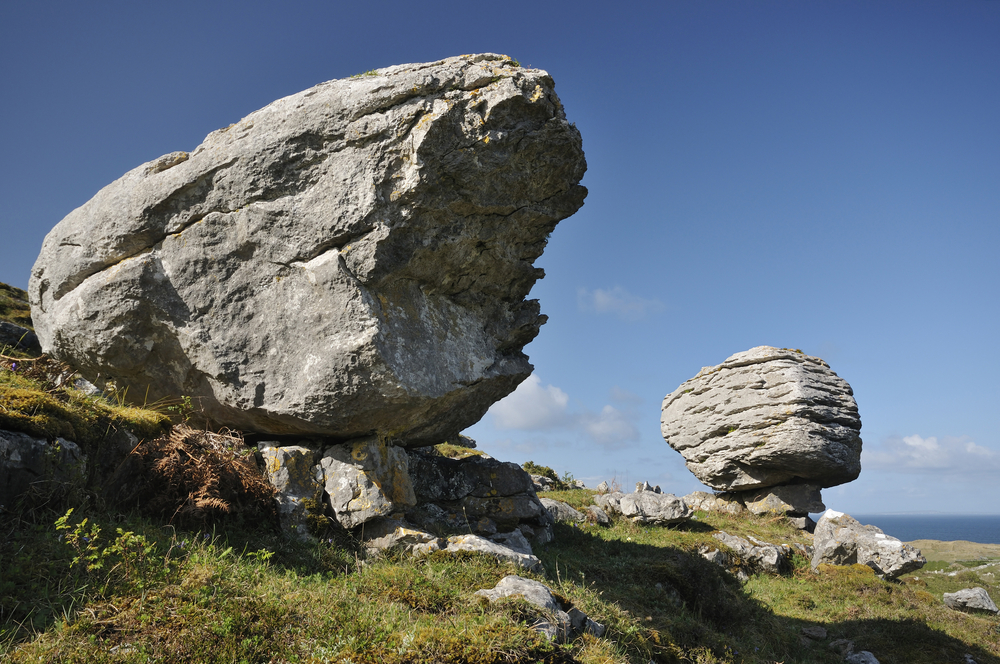
Traversing Ireland's central plains through rolling green hills and over barren highland peaks, it sometimes looks as if some mighty hand took a razor to the stubble of the earth. In many places each nook and cranny of terrain lies bare and clean-shaven, creating an ancient, soulful quality to the landscape.
In fact this land was shaved over and rubbed bare long ago by massive glaciers that covered northern Europe during the last Ice Age some 10,000 years ago. These glaciations leave their mark everywhere across Ireland in ice-smoothed rocks, glacial valleys, and in deposits of glacial sand and gravel rubble strewn over the landscape.
To understand the most profound way the Ice Ages shaped Ireland though, just look out at sea. During the Ice Age the Emerald Isle was not an isle at all! So much fresh water was locked up in the ice sheets that sea levels were substantially lower than they are today, thus linking the British Isles to mainland Europe. Imagine no English Channel, no Irish Sea, no Ireland.
(This image shows a rock known as glacial erratic, which is rock picked up by a glacier and carried long distances, sometimes thousands of miles, and dropped when the glacier melts and recedes. This glacial erratic is in the Caher Valley in The Burren, a rocky landscape in County Clare in the west of Ireland.)
Irish seas
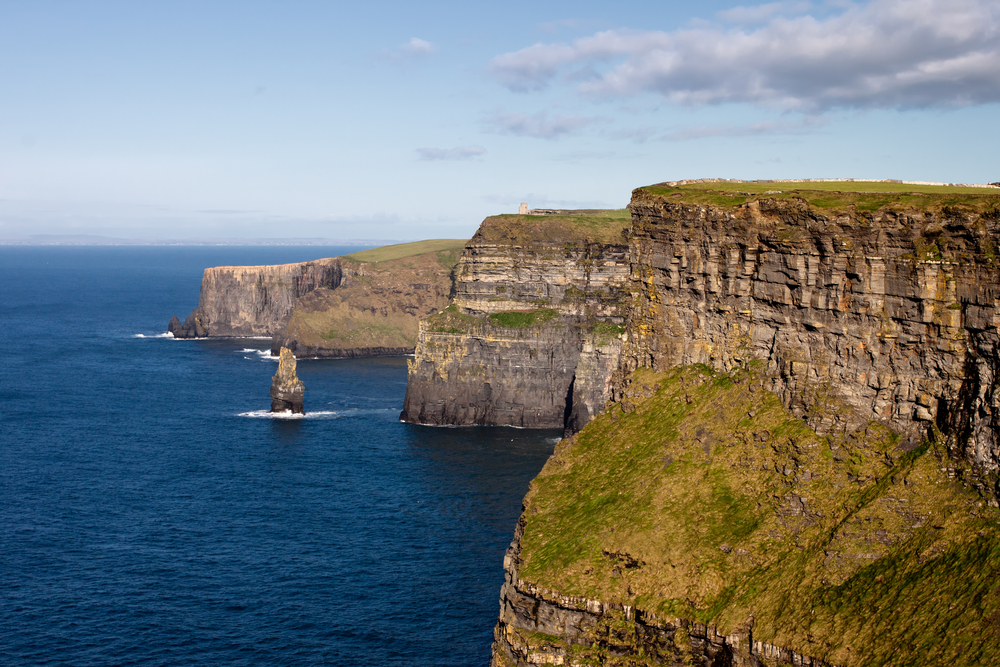
Long strands of kelp lie washed up on the stony shore. Seals roll jello-like down the beach to disappear into the waves at approaching footsteps, while puffins congregate on the rocky bluffs of seaside rookeries overhead. An otter ducks in and out of tide pools hunting crabs and small fishes nearby and farther out to sea, water spouts betray the presence of dolphins migrating up the coastline.
These images conjure up the richness of the marine life in Ireland's seas. Looking at a map it is a wonder such richness exists at all so far north in the Atlantic. After all, Ireland is situated at some of the same latitudes as Newfoundland and Siberia, much colder places. The warm waters of the Gulf Stream are truly the saving grace of Ireland and of Europe, making life here much more temperate than it would otherwise be.
Bordered by the Atlantic in the west, the Celtic Sea to the south, and the Irish Sea to the east, Irish identity is bound up with the ocean. In fact, Ireland has 3,500 miles (5,600 kilometers) of coastline, and from anywhere in the country, you are never more than 70 miles (113 km) away from the coast. These seas link people to the land and the land to the sea through many long rivers that reach inland, none greater than the River Shannon, at 230 miles (370 km) Ireland's longest river.
(This image shows the Cliffs of Moher, which are located at the edge of the Burren in County Clare in the west of Ireland and look out over the Atlantic Ocean.)
Pickled alive
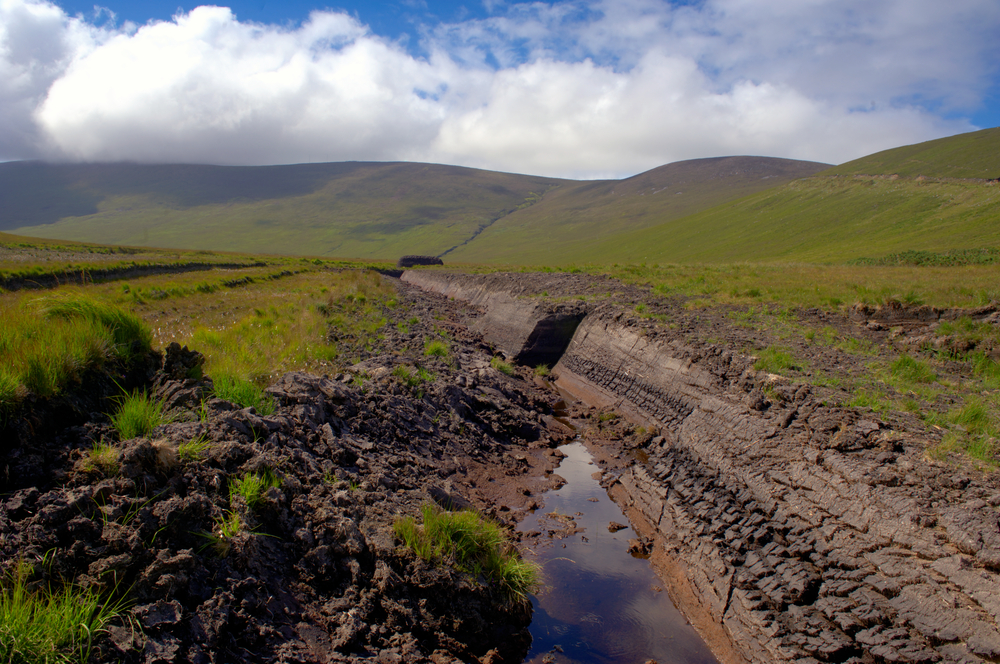
Lakes and bogs dot Ireland today where retreating glaciers left enormous chunks of ice embedded in the land under their weight. Some of the depressions became lakes, while others became bogs: strange netherworlds between land and water. Bogs form where water is acidic, often fed entirely by rainwater. Most plants cannot tolerate such high acid conditions, but a few thrive in it, including sphagnum moss.
The dead, accumulated material from these mosses creates peat, an ancient carbon fuel still used today. About 17 percent of Ireland's landscape was once made up of bogs, but today they are in danger of disappearing. Like many wetlands in the United States, bogs in Ireland have often been viewed as agricultural dead zones and impediments to 'progress.' Many bogs in Ireland have been dug up for fuel or reclaimed by agriculture. This is unfortunate since many of the species found in bogs are specialized, unusual and now highly endangered.
Bogs are also an unwitting ally for archaeologists. The anaerobic, oxygen-poor and acid-rich conditions of bogs are remarkably useful at preserving organic material. Ancient tools, walkways, food stores and even extremely well-preserved bodies have been found in bogs with organs, skin and hair intact from thousands of years ago.
(This image shows a peat bog in County Mayo in the west of Ireland after peat harvesting.)
Ancient Ireland

The wind blows blustery right off the sea, scraping tall cliffs that plateau into fields rubbed raw and eaten to stubble by grazing sheep. 'It's hard work pulling turf,' Patrick Caulfield must have thought as he numbly dug for peat fuel in these fields in County Mayo one day in 1930. Imagine his surprise digging when he began to discover the foundations of stone housing and pathways beneath the peat.
Forty years after Patrick's initial discovery, his son became an archaeologist and began to uncover the true extent of these mysterious stone works that are known today as the Céide Fields. The Céide Fields are the site of the most extensive Neolithic farming complex in the world, complete with ancient house foundations, field rows, and megalithic tombs spread over many acres. They have been traced to a peaceful farming society that lived here over 5,000 years ago, and then disappeared.
The Céide Fields are one of the largest and best preserved Neolithic sites in Ireland, but ancient sites abound over the island from varying ages: Neolithic farm sites, curious burial monuments called "dolmens" erected by Bronze Age farmers, and Iron Age artifacts from warrior tribes invading from the North whom the Romans knew as the "Gauls" and the Greeks as the "Keltoi," or the Celts.
Get the world’s most fascinating discoveries delivered straight to your inbox.
Celtic Ireland

Much of what we know of the Celts today comes from descriptions by Roman writers. Compared to their orderly, developed empire, the Romans saw the Celts as barbarous tribes, but archaeology continues to reveal a different story. Reaching Ireland from mainland Europe sometime around 300 BC, the Celts controlled Ireland for over a thousand years, shaping the language, culture and heritage of the island in profound ways.
Thousands of Celtic habitation sites dot the country and many Irish place and family names have Celtic origins. Celtic arts and culture have also left their mark on Ireland in the realm of literature, music and in the distinct looping designs in sculpture and metalwork still visible dotting old ruins across the landscape. Gaelic, the language of the Celts, is still spoken in parts of Ireland and the British Isles and is even undergoing a resurgence in some places today.
Rather than bringing Christianity to a barbarous backwater in the fourth century, Saint Patrick arrived in Ireland amongst a complex and sophisticated pagan culture that over time incorporated Christian teachings into its own complex belief system.
The Great Famine

Irish history was shaped by the Celts, by waves of later peoples like the Anglo-Saxons and Vikings, and by the emergence of Roman Catholicism. No other recent event, however, has been more defining than the impact of the Great Potato Famine on Irish history and identity.
Native to the South American highlands, Spanish colonizers first introduced the potato to Europe in the 1700s. At first potatoes were looked down upon as a curiosity, but soon their power for combating hunger and the ease of growing them radically changed the face of agriculture in Europe. In Ireland it was a boon. With potatoes, Irish families no longer lived under the specter of starvation and the population doubled.
The hardy tubers could be grown on rocky, barren hillsides to feed families while liberating fertile valleys to grow wheat to feed industrial workers in England. Within mere decades the potato had become the backbone of Ireland's food supply, so when a fungal blight struck in the 1840s, it was a disaster. Since most of the potatoes brought over and cultivated in Ireland were of only one monocultured variety, there was no resistance to the blight, and starvation ravished the Irish people as the potato crop failed year after year.
(This image shows the memorial to the Great Famine at the Customs House Quays in Dublin. Artist Rowan Gillespie created the skeletally thin sculptures, looking as if they are walking to an emigration ship at the quays.)
Celebrating the Irish Diaspora
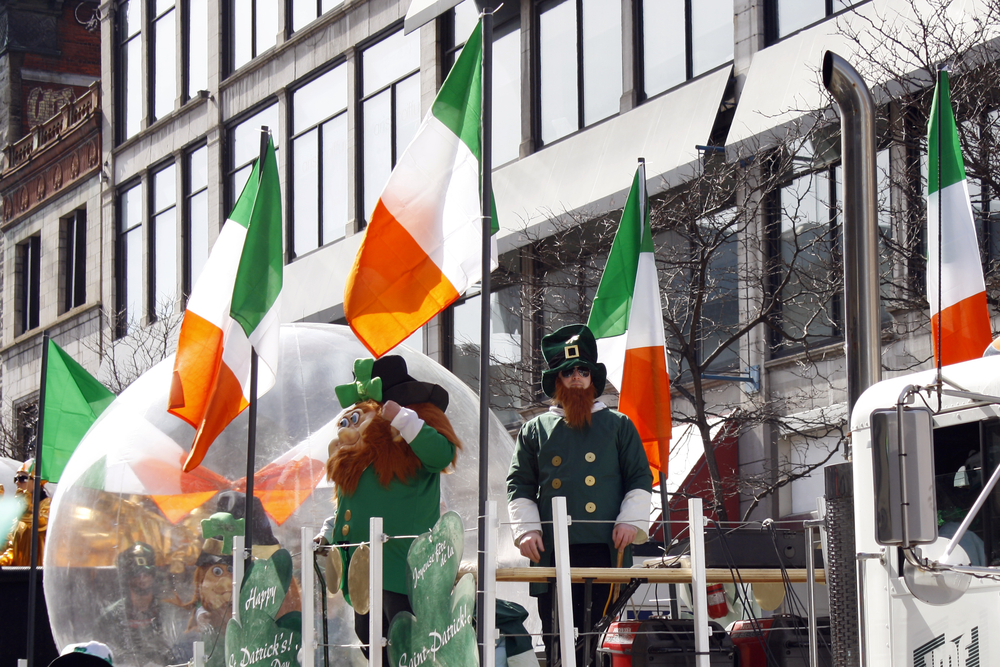
"I showed my appreciate of my native land in the usual Irish way by getting out of it as soon as I possibly could." - Irish writer George Bernard Shaw
By the 1840s the Great Famine had caused the deaths of over one million Irish, while millions more were fleeing to escape it. Droves of Irish families imigrated all over the world, particularly across the Atlantic to the United States. Many came through harbors like Boston or New York looking for a better life but never really forgetting their roots across the sea. In these migrations a rich Irish cultural diaspora was created that remains vibrant and alive today.
People in Ireland and around the world now celebrate the memory of Saint Patrick and the spirit of Ireland every March 17. Originally a Catholic holiday, Saint Patrick's Day has grown into a secular celebration of Irish culture. Though often misquoted, the so called "luck of the Irish" as any reading of history will tell you, is bad luck. Yet it also seems to be good luck the luck of Irish persistence, dogged optimism and heart in the face of life's adversity. So on this St. Patrick's Day, whether you are Irish or not, remember we all have a little bit of the Irish in us and we all have much to celebrate.
(This image shows the St. Patrick's Day Parade on March 20, 2011 in Montreal, Canada.)


